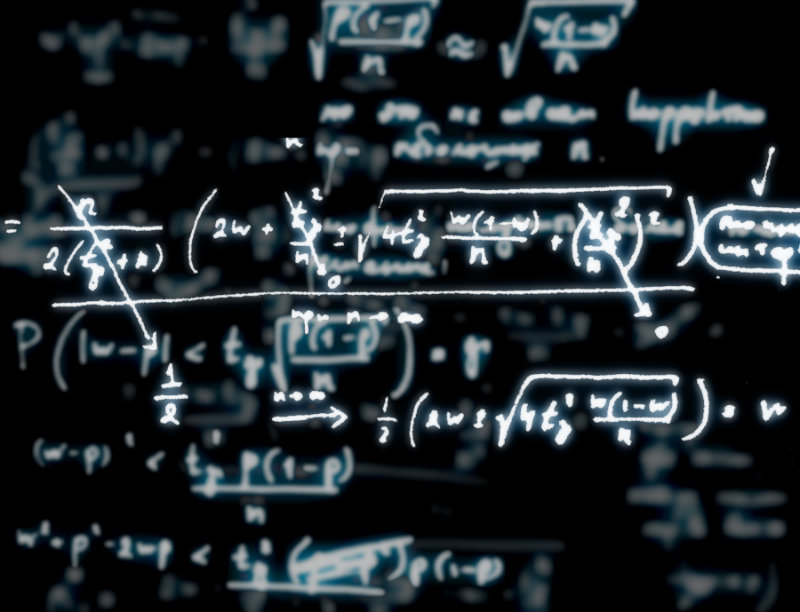

The techniques to estimate emissions for your annual emission report (AER) will most likely be the same as those used to estimate air emissions in general.
There are four general techniques:
- Direct measurement
- Emission factor
- Mass balance
- Engineering calculation
Let’s briefly go though each of these techniques.
1. Direct Measurement
Direct measurement is exactly what the name implies: It’s a direct measurement from the emissions source. Obtaining these measurements can be done using a variety of methods, including source testing or even the use of a continuous emissions monitoring system (CEMS).
Regardless of the method used to estimate the emissions, the data obtained from a direct measurement tends to be pretty accurate since it was measured directly from the emissions source.
2. Emission Factors
Emission factors relate the amount of emissions from a given piece of equipment to the activity of that equipment. For example, how many pounds of volatile organic compounds (VOCs) are emitted by processing one ton of material through a specific device?
Even though emission factors are one of the most common ways to estimate emissions, they do have their limitations, the most important being that they tend to overestimate emissions from your equipment. See our post on finding emission factors for more info.
3. Mass Balance
A mass balance is a calculation where you assume that “what goes in comes out.” For example, if you wanted to calculate the amount of sulfur oxides (SOx) emitted by the combustion of diesel fuel by a diesel-combustion engine, you could do a calculation that assumes that all of the sulfur that is in the diesel fuel is converted into SOx and gets emitted out of the stack.
4. Engineering Calculation
An engineering calculation requires process knowledge and engineering judgment, among other pieces of information, to come up with an emission profile for your piece of equipment using engineering principles.
I want to make two final points about the above emission-estimation techniques.
The first is related to cost. As you move from direct measurement to emission factor to mass balance to engineering calculation, the incurred cost decreases due to the effort and resources required.
The second is related to accuracy. It should be no surprise that while the direct measurement is the most expensive, it also tends to produce the most accurate data set. And while the engineering calculation is the cheapest, it tends to be the least accurate.
So, there is an obvious trade-off when selecting one of these techniques, and the cost and accuracy are factors that need to be considered.
In practice, most folks completing an AER simply go with an emission factor or an approved source test (direct measurement).